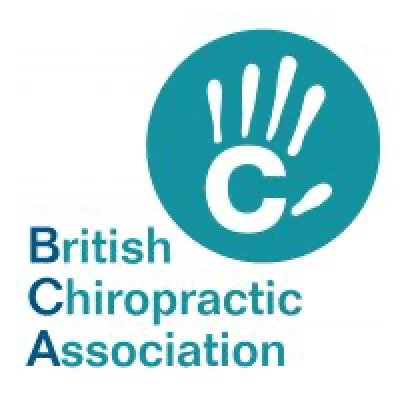Balance
How good is your balance? Why should I improve it?
1. Injury Prevention
Having good balance and ensuring you improve it has been shown to prevent injuries in a wide range of people and ages. It can start to slowly diminish in your 40s. Once you reach this age it is important to add some sort of balance training into your routine. In terms of importance, it is right up there with cardiovascular, strength and flexibility training.
If you participate in any sporting activities working on your balance is associated with a dramatically lower risk of injury. A common injury such as a sprained ankle will stop you from training and may well predispose you to future ankle sprains for life (especially if the injury is not managed well). But regular balance work can reduce your risk of a sprain by 40 %. Improved balance in the elderly could prevent falls, which is the cause of over 90 % of all hip fractures. A hip fracture is high on the list of life altering (and shortening) injuries especially in the elderly population. If you break a bone this can lead to a loss of independence, especially in an older adult. It can also help to reduce the risk of bone fractures.
2. Balance Goes Beyond Legs
When you work on your balance, you are working a multitude of muscles from your head to your toes. It can also improve your posture and stability by learning (or re-learning) how to use your muscles as they should be used.
3. Improved Brain Function
Balance exercises have been shown to have cognitive benefits. Studies on elderly women with memory problems and confusion, showed significant improvements in their cognitive function. Suggesting that challenging the areas of the brain responsible for balance can have benefits on brain function.
4. Easy to Incorporate In your Day-to-Day Activities
No equipment is needed and can be progressed and challenged by anyone, you just need to be able to stand. It can be incorporated into your daily routine, balancing while cleaning your teeth, while waiting in a queue or standing at your desk at work.
Testing Your Balance
Balance is a complex task and can be affected by lots of different things. Medication, inner ear problems, visual problems, and blood pressure issues can all reduce your balance.
Try to test yourself and see how good you are. Action may be needed to improve it! You should be able to stand for more than 30 seconds without swaying or wobbling with each of the tests (20 seconds for test 5). Start by standing next to a countertop or table if you feel you may require support.
How to test:
Stand with your feet touching side by side and if steady close your eyes.

Next stand with one foot in front of the other and close your eyes.
Reach forward with outstretched arms as far as you can.

Stand on one leg and close your eyes (you should be able to stand for more than 20 seconds).

If you can perform even 1 or 2 of these tests successfully, it is a good place to start. If you have trouble completing any of the tests, it may be worth seeking medical advice.
These tests can also be used as a step-by-step progression to improve your balance.
Work on your balance for 30 seconds to 1 minute and repeat this 3-5 times per day. Make sure to work both legs equally.
Challenge yourself further by adding an unstable surface to stand on such as a pillow, balance cushion or board and work through the above progressions. Specific sporting positions can also be incorporated. Yoga and Tai Chi can also be great ways to improve your balance in a class environment.
 Balance is important for all ages. It is necessary to perform basic day to day skills such as walking on a busy street or moving throughout your home. Performance can also be enhanced in a variety of sporting activities.
Balance is important for all ages. It is necessary to perform basic day to day skills such as walking on a busy street or moving throughout your home. Performance can also be enhanced in a variety of sporting activities.
If you have any questions or would like to find out more about a specific individual balance program or progression, please send me an email.
Read onto our next article ‘Caesarean Section Recovery’ by Women’s Health Physiotherapist, Louise.






















